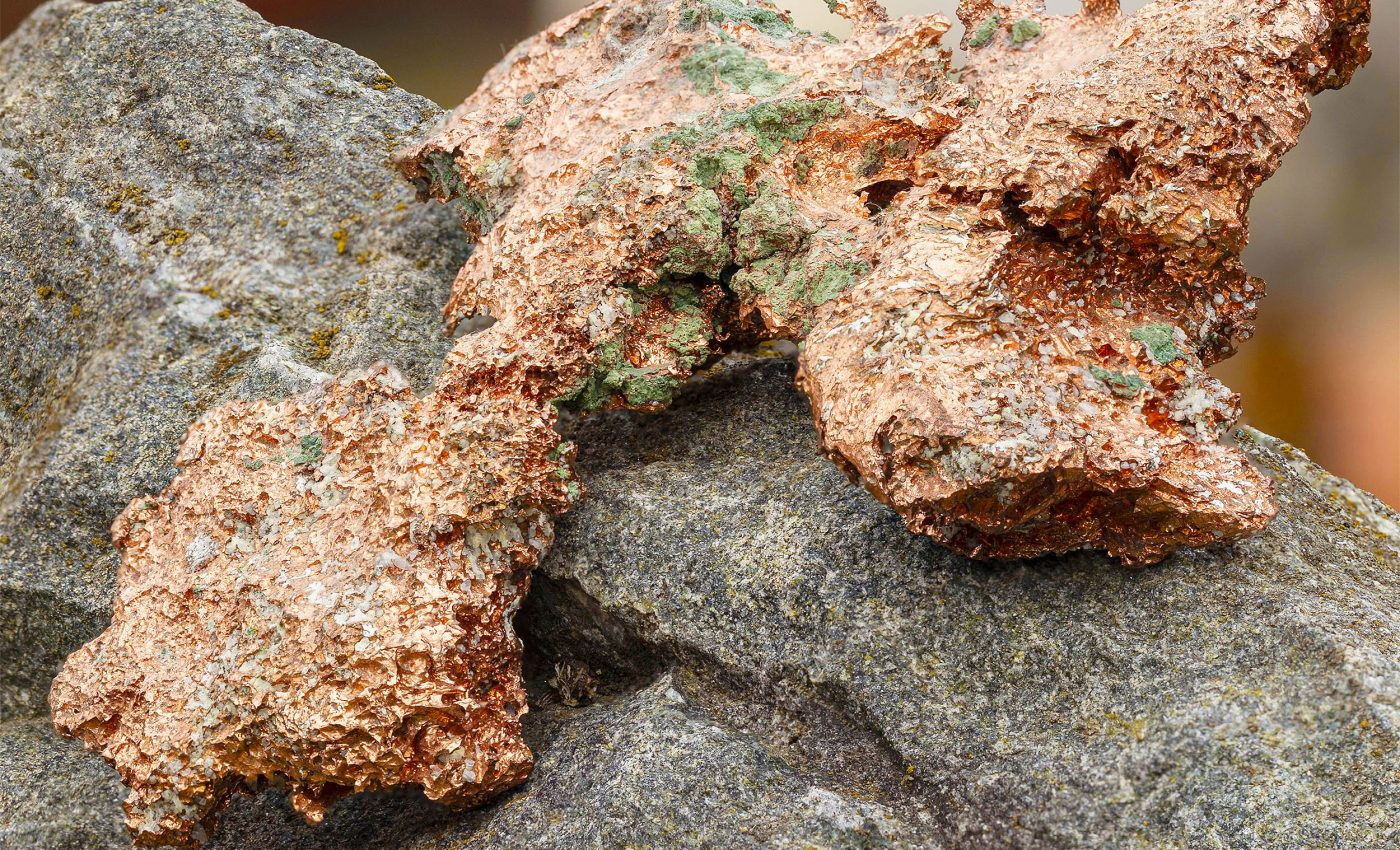
Scientists finally discover how giant copper deposits form around the world
Copper wires snake through every electric motor, power line, and rooftop solar panel on the planet. Demand for the metal is rising so fast that the International Energy Agency projects a 50 percent jump by 2040 in its net‑zero scenario.
A new study shows that some of Earth’s richest copper troves owe their existence not to ongoing subduction zones, but to the long‑lasting chemical aftershocks of a continental collision in southern Tibet.
The analysis includes contributions from Dr. Yongjun Lu of the School of Earth and Oceans at the University of Western Australia.
Copper demand is soaring
Copper’s unmatched ability to move electrons makes it the backbone of electric vehicles, heat pumps, and sprawling renewable‑energy grids. Two tons of copper may hide inside a utility‑scale wind turbine, while an electric car uses roughly three times more than a gasoline model.
More than half of the global resource sits in porphyry copper deposit clusters, gigantic ore bodies formed by mineral‑rich fluids rising from cooling magma. They are the workhorses of modern mining because a single district can run for decades.
Yet many prospective belts lie high in the Andes, Himalayas, or other remote ranges where exploration is costly and climate risks loom.
Predicting which mountains hide ore and which hide barren rock has become an urgent economic puzzle.
Exploration teams scour trace‑element maps, but ore‑forming magmas can emerge tens of millions of years after an oceanic plate vanished. The Tibetan discovery uncovers why that delay happens, and how to spot it.
Ancient collision sparked copper deposits
The Gangdese Belt in southern Tibet holds more than 45 million tons of copper spread across Miocene‑age porphyries.
Those deposits erupted between 18 and 13 million years ago, long after the Neo‑Tethys seafloor slid beneath Asia and broke off.
Researchers sampled igneous rocks spanning the entire subduction‑collision cycle. They grouped them into precollisional, syncollisional, and postcollisional suites, then tracked how each generation changed.
Both vanadium‑to‑scandium ratios and zircon oxygen‑fugacity indicators spiked in the post‑collision magmas.
That jump signaled a surge of oxidized material, exactly what copper needs to stay dissolved until the magma reaches the shallow crust.
“This finding challenges the notion that only oceanic subduction introduces such oxidants into the mantle,” explained Dr. Lu.
Tracking copper’s rocky origin
To figure out where the extra oxygen came from, the researchers looked at chemical fingerprints left behind in the rocks.
They studied mercury isotopes, which hold onto their unique signature even after going through intense heat and pressure. In the post-collision rocks, that signature pointed to surface sediments, not deep mantle sources.
The team also examined magnesium isotopes in volcanic rocks called ultrapotassic lavas and found unusually light values. This kind of reading is a known sign of recycled carbonate material.

Together, the results showed that sediments from the Indian plate had sunk deep underground and played a major role in creating the copper-rich magma.
Mercury‑isotope work on porphyry systems elsewhere has reached similar conclusions, reinforcing the method as a global tracer of recycled surface material.
Crustal material fuels deposits
Carbonate layers from the Indian margin, rich in calcium and trapped CO2, rode the downgoing slab. At depths near 60 miles and temperatures above 1,600°F, those carbonates reacted with iron‑bearing mantle minerals.
The redox exchange turned ferrous iron into ferric iron, pushing the oxidation state of the mantle wedge higher.
Oxidized mantle melts can carry sulfur as sulfate instead of sulfide. That subtle chemical switch lets copper remain in solution rather than being locked away in early sulfide droplets. When the melt stalls in the mid‑crust, pressure drops and fluids separate, precipitating copper sulfides that build an ore shell.
“Think of it as a second wind for copper‑forming magmas, even after the oceanic plate is gone, recycled crustal sediments can continue to fuel metal‑rich systems for millions of years,” said Lu.
Finding copper from ancient collisions
Most exploration models steer geologists toward active volcanic arcs. The new Tibetan evidence widens the hunting ground to include fossil arcs sitting above former collision zones.
Provinces such as the Zagros in Iran or the Lesser Caucasus share similar histories of carbonate‑rich continental subduction.
“It changes the way we think about where and how to look for giant copper deposits and highlights the potential of post‑subduction settings, particularly those involving continent‑continent collision, as important frontiers for exploration,” noted Lu.
Mercury and magnesium isotope surveys no longer belong only in academic labs. They can flag hidden oxidized corridors before expensive drilling begins, saving both time and shareholder cash.
What it means for clean energy
Copper supply already trails projected demand. Without fresh discoveries, shortages could slow grid upgrades or inflate the cost of electric cars.
By demonstrating that continent‑continent collisions can keep ore‑forming magmas alive long after subduction halts, the Tibetan study offers practical hope.
Companies willing to brave high‑altitude logistics may unlock deposits that standard models overlook. Nations rich in orogenic belts gain leverage in critical‑minerals diplomacy, while resource-poor regions must double down on recycling and substitution.
The study shows that plate tectonics still shapes the economics of decarbonization, one oxidized magma batch at a time.
The study is published in the journal Science Advances.
—–
Like what you read? Subscribe to our newsletter for engaging articles, exclusive content, and the latest updates.
Check us out on EarthSnap, a free app brought to you by Eric Ralls and Earth.com.
—–













